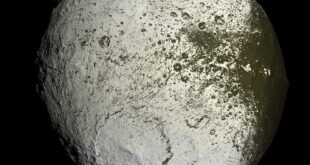The Evolution of Space Technology: Impact on Our Everyday Lives
Introduction
From the days of the booming rockets, to modern-day satellites employed for communication or beaming back information from space, our human race has come a long way. Space technology has influenced almost every field on this planet today, and its impact on our everyday lives simply cannot be overlooked.
Early Rocket Design
Space technology endeavors trace its origin from as far back as the 17th century, when Isaac Newton presented the concept of rocket propulsion that would make it possible to launch a projectile from Earth. Eventually, Dutch scientist Christiaan Huygens featured the first known cryogenic designs in the year 1673.
Laser Alignment
As we dazzle outward, lasers offer redirection and support us adapt better to zero-gravity by aligning tools precisely. Wires and cables become trivial restraints if things work right the first time, and precise communications systems enhance accuracy.
Satellites for Communication and Weather Forecasts
Satellites occupy the center of modern-day communication methods, ranging from overseas phone calls to modern-day television broadcasting. They juggle to aid bigger amounts of uninterrupted data transmission on a day-to-day basis. Even more expert meteorologists rely on information served to Earth by heavy observational satellites to compute the climate conditions and announce our daily weather forecast.
Mars Rover and Exploration
Space craft propel across the dust harsh surface of various Mars canyon equipped with scientific devices that collect and beam back data and imagery that portray Mars’s geological and weather conditions. One of the greatest feats of space exploration that caught the attention of people around the world was NASA’s first successful rover landing on Mars – Endeavor – whose technology promises to unveil several hidden mysteries lying beyond the stars.
Conclusion
Space technology has come beyond travel to the sky, and it no longer adheres to hurtling astronauts beyond Earth’s limits. It is now a vital element of everything we see and operate on Earth, from satellites managing our telecommunications, to meteorological hubs drastically improving weather forecast accuracy – with several frontiers curious into harnessing features to recover our physical sustainability. As our knowledge of the universe continues through modern research and collaborations between private and public entities, only time can tell what space technology will revolutionize next.
 Mind Uncharted Explore. Discover. Learn.
Mind Uncharted Explore. Discover. Learn.



